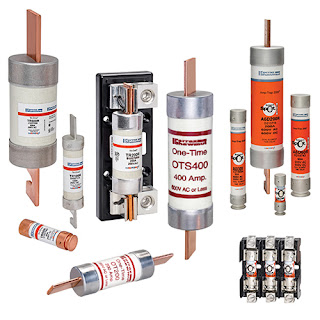Murex Guide Explains TIG Welding Process
Murex Welding Products has published a guide entitled 'Ten Tips to Successful TIG Welding'. TIG (tungsten inert gas) welding can be used on a range of different materials including alloyed and unalloyed steels, stainless steels, copper and copper alloys, aluminium and its alloys, as well as magnesium and its alloys. Successful application of the process, however, demands certain procedures to be put in place by the welder, which are covered in this guide.
The choice of AC or DC TIG welding mainly depends on the material in question, with AC normally used for aluminium and DC for mild steel, stainless, copper and brass. For AC jobs, the selection of the correct type and size of tungsten electrode is essential, while the correct size of ceramic nozzle will ensure the correct gas pressure and prevent upstage of shielding gas.
When DC welding, possibly the most critical element is the preparation of the tungsten welding electrode and the certainty that the grand angle of the tungsten is correct. These key fundamental considerations are discussed by Murex in more detail in the Ten Tips guidelines, together with areas such as shielding gas selection and the correct welding gloves.
The choice of AC or DC TIG welding mainly depends on the material in question, with AC normally used for aluminium and DC for mild steel, stainless, copper and brass. For AC jobs, the selection of the correct type and size of tungsten electrode is essential, while the correct size of ceramic nozzle will ensure the correct gas pressure and prevent upstage of shielding gas.
When DC welding, possibly the most critical element is the preparation of the tungsten welding electrode and the certainty that the grand angle of the tungsten is correct. These key fundamental considerations are discussed by Murex in more detail in the Ten Tips guidelines, together with areas such as shielding gas selection and the correct welding gloves.


Comments